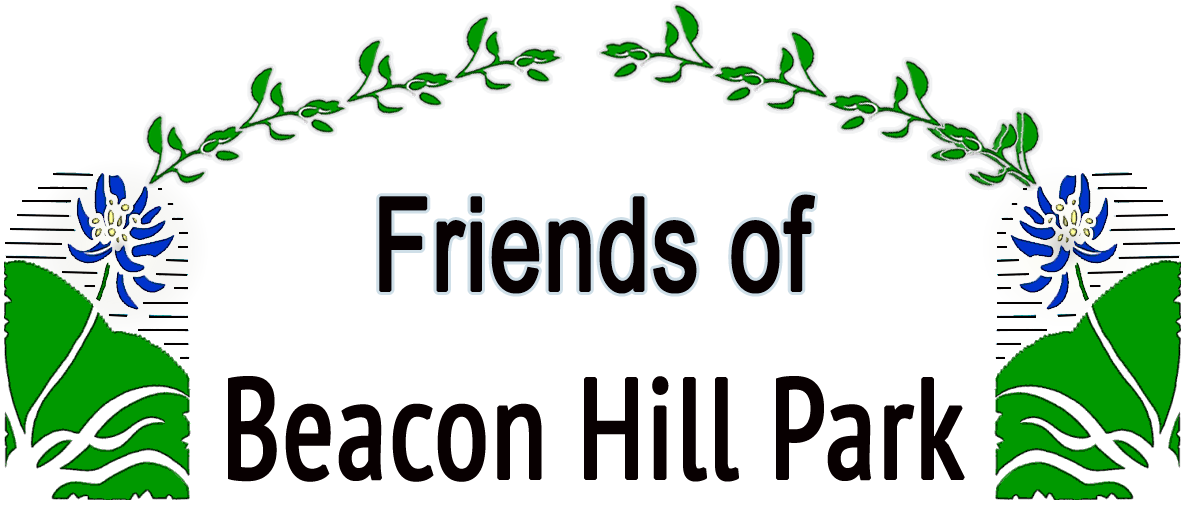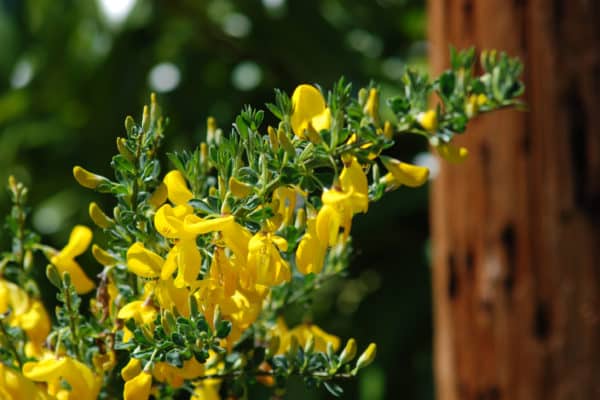|
|
|
Scotch BroomScotch broom (Cytisus scoparius) is an invasive species that is native to Europe and was introduced to North America in the mid-1800s. It is a woody shrub that can grow up to 3 meters tall and produces bright yellow flowers. The plant is often found in disturbed areas, such as roadsides, pastures, and forest edges. Scotch broom is considered invasive because it can form dense stands that outcompete native plant species, reduce biodiversity, and increase the risk of wildfires. The plant also produces toxic compounds that can affect the growth and survival of other plants, and its seeds can remain viable in the soil for up to 30 years. Control methods for Scotch broom include mechanical removal, herbicide treatments, and prescribed burning. However, these methods can be challenging and expensive, and often require ongoing management to prevent regrowth. Manual Removal: Manual removal is a common control method for Scotch broom and can be an effective way to manage small infestations. Here are the steps to manually remove Scotch broom:
It's important to note that manual removal may not be effective for large or dense infestations, and it's important to follow up with ongoing management to prevent regrowth. Is Scotch Broom Edible ? While some parts of the Scotch broom plant have been used for medicinal purposes in the past, the plant is generally not considered edible and is known to be toxic. Scotch broom contains a number of toxic compounds, including cytisine and sparteine, which can cause a range of symptoms, including nausea, vomiting, and respiratory failure. Ingesting any part of the plant, including the flowers or seeds, can be dangerous, and there is no safe recommended dosage for consumption. It's important to avoid consuming Scotch broom and to seek medical attention immediately if you suspect that you or someone else has ingested any part of the plant.
|




